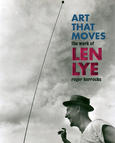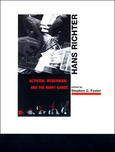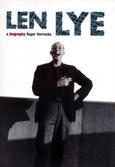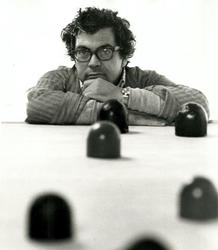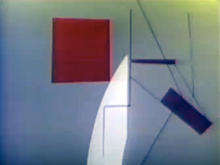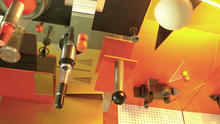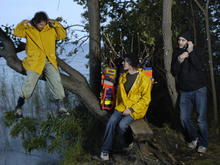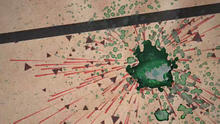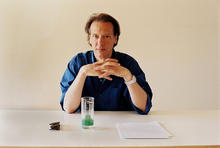Blazes
(1961)is a three-minute film directed by Robert Breer, a well-known avant-garde artist, animator, and film director. This short film displays Breer’s signature style: animation, playful abstraction, and fast-moving images.
In Robert Breer’s own words, Blazes is essentially "One hundred basic images switching positions for four thousands frames. A continuous explosion." Indeed, the film consists of stills resembling abstract paintings of basic shapes in basic colors, cut and combined in different ways and rhythms.
Source: Kathleen Sun
The tremendous richness of Breer's cinema comes not from a simple exclusion of continuities, but rather from the attempt to as much as possible. Thus he situates his films at a number of "thresholds." A burst of continuous movement will suddenly arrest itself in a freeze frame. Extremely jerky and irregular rhythms will unexpectedly become continuous ones. A drawn object will appear to rotate in three dimensions, creating the illusion of depth; a moment later we find ourselves watching a flat surface once again. The sound track will oscillate between apparently synchronous effects that match the action, a more abstract accompaniment, and sounds that are intentionally, often humorously, ill at odds with the images. The audience thus finds itself presented with a virtual panoply of styles and techniques. The effect is that the audience is held literally at the edge of its perception by a continual unfolding of surprises. Each time a brief section ("brief" being generally only a few seconds) establishes some form of continuity, the film leaps outside the pattern just established into some new realm. While it should be apparent from this that Breer's attitude toward his medium and its materials locates him clearly within the modernist tradition, the effect of his work is unique. Time and space are profoundly fragmented, and the film and its viewer are placed firmly in the infinitely uncertain realm of the instant.
In the first two decades of Breer's filmmaking, he utilized a variety of approaches and styles. His earliest films, such as the Form Phases series, are abstract, and grew out of his work as an abstract painter. Mondrian was an early inspiration, and some of the abstract films seem to be questing after idealized, perfect forms. There are hand-drawn and animated films, such as A Man and His Dog Out for Air and PBL 2, in which tension is created between line as representation of figure and line as an abstraction. There are some highly eclectic works, such as Eyewash and Fist Fight, in which cut-outs, various kinds of animation, and live-action photography are intermixed. There are 'abstract' animations such as 66, 69, and 70, which are amazing for their fusion of purity and complexity. It should also be mentioned that Breer has made kinetic sculptures, works that move along the floor so slowly their movement can barely be seen, and a number of constructions inspired by early 'pre-cinema' devices such as thaumatropes; these works again play at the threshold between movement and stillness.
(Fred Camper)
Source: Film Reference
